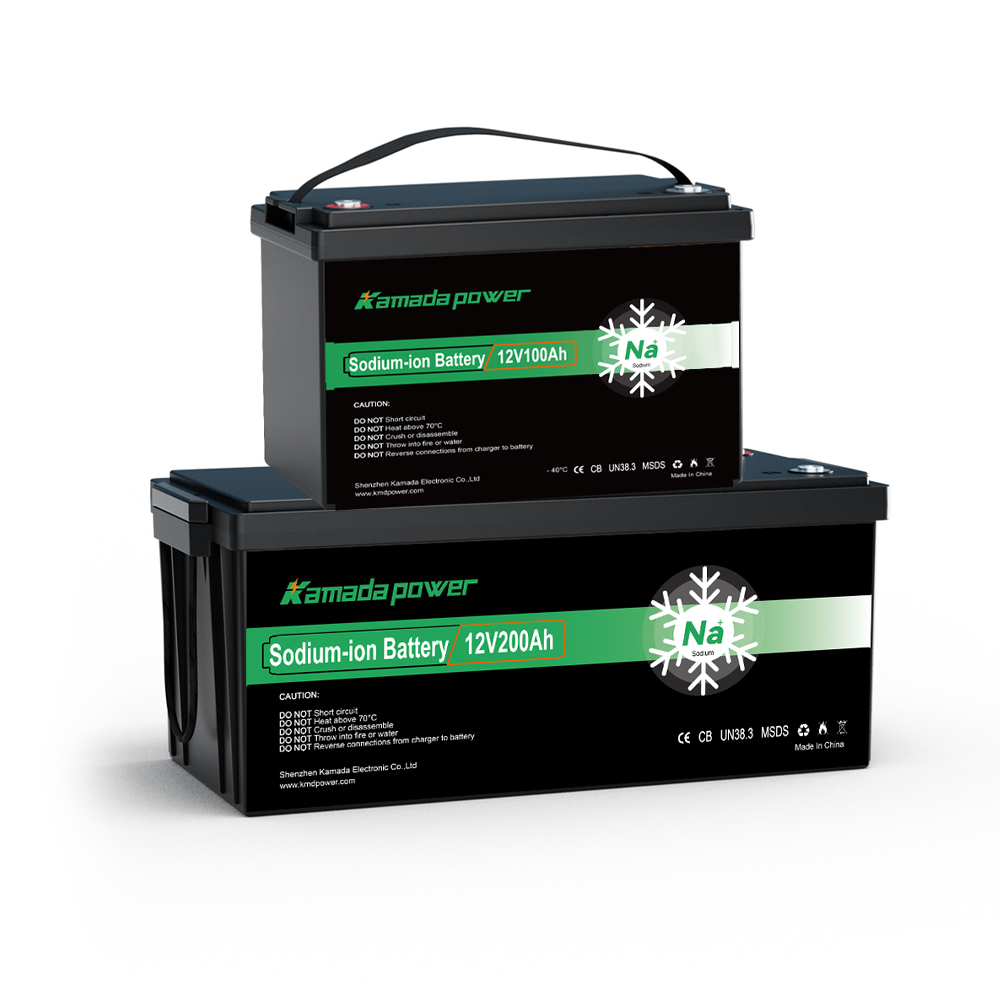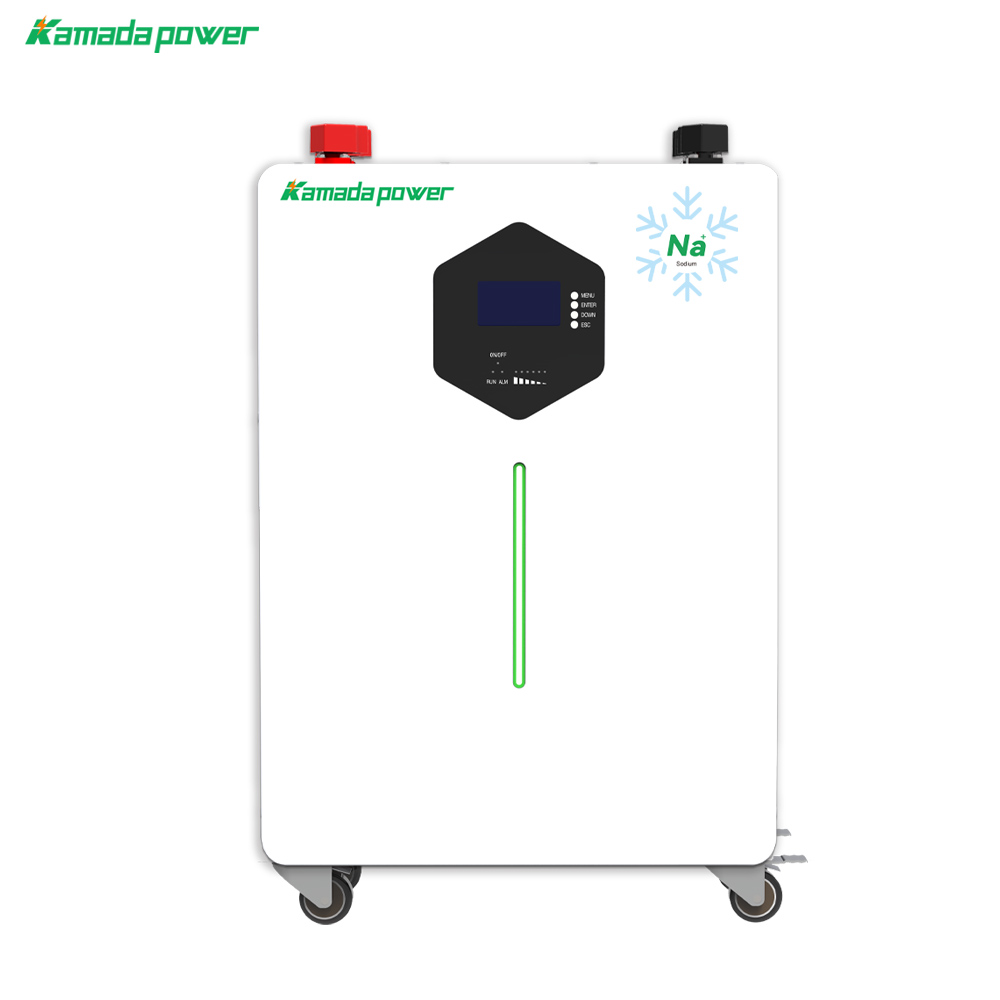How Sodium-ion Batteries Reduce Cable Sizing Requirements in Distributed DC Systems. Cabling is the silent budget killer in any distributed DC system. Whethera it’s a data center, microgrid, or industrial plant, engineers with field experience know the real story: conductor sizing goes way beyond the raw cost of copper. It has knock-on effects on installation, efficiency, and the long-term reliability of your entire system. When you oversize cables, you’re not just paying for metal. You’re creating routing headaches and adding thermal stress across the whole installation.
For years, the electrical behavior of lithium-ion batteries set the rules. That wide voltage curve and those sharp current spikes forced engineers to be conservative, to specify heavy-gauge conductors just to handle a worst-case scenario. But what if you didn’t have to design for that worst-case anymore? With sodium-ion battery tech emerging as a practical alternative, we can finally rethink how much copper a DC project actually needs.

kamada power 200ah sodium ion battery

kamada power 10kwh home sodium ion battery
Why Cable Size Matters in Distributed DC
Ultimately, cable sizing in DC systems comes down to two things: Ohm’s Law and thermal limits. The more current your system draws, the thicker the conductor has to be. If it’s too thin, it overheats, and you get an unacceptable voltage drop. It’s that basic.
Engineers follow standards like the NEC (National Electrical Code, Article 310) or IEC 60364. The codes are clear. Conductors must operate within their ampacity limits and hold a tight voltage drop, usually 2–5% for critical loads.
Think about what that means in a big facility. A data center battery plant feeding racks 300 feet away will see copper costs explode. It’s no shock that cabling can eat 30%–40% of a DC project’s total electrical installation cost, mostly because oversized conductors are pulled “just in case.”
The Lithium-ion Challenge
The way lithium-ion behaves is what creates the main problems for cabling.
- Wide voltage window: A Li-ion cell swings from 4.2 V (full) all the way down to 2.7–3.0 V (nearly empty). In a 48 V nominal system, that’s a massive drop from ~58.8 V to 40.5 V. To deliver constant power at that lower voltage, the system has to pull a lot more current. This means your cables have to be sized for this peak, even if the system only sees that condition for a tiny fraction of its life.
- Transient spikes: Fast charging and discharging create short, intense current bursts. The conductors need to be beefy enough to survive these without damage.
- Thermal runaway considerations: Because of the known risks with lithium-ion, engineers build in extra safety margins. In the field, that just means upsizing conductors beyond what the math calls for.
What you end up with is always the same: cables that are heavier, stiffer, and more expensive than the average load requires.
Sodium-ion: A Different Electrical Profile
So how does sodium-ion fix this? Its electrical profile is fundamentally different.
- Flatter discharge curve: Most sodium-ion chemistries run in a much tighter voltage range, often 2.0–3.8 V per cell. At the system level, that means you get far less voltage sag. The current draw stays much more stable across the usable SOC range.
- Reduced current variability: Less voltage swing means you can size cables closer to the average current load, not a theoretical peak. This is the key.
- Lower thermal risk: Sodium-ion is inherently less prone to thermal runaway. That fact alone removes the main justification for over-engineering conductors as a safety net.
You’re no longer designing for the exception. You’re designing for the rule.
A Practical Example with Real Numbers
Let’s run the numbers. Imagine a 48 V DC bus pushing 20 kW to server racks over a 100-meter run.
- Current requirement: I = P / V = 20,000 / 48 ≈ 417 A
- Allowable voltage drop (2% at 48 V): ΔV = 0.02×48=0.96 V
With a lithium-ion system, NEC tables would likely push you to use 70 mm² conductors just to handle peak currents and stay within voltage drop limits.
With sodium-ion, the game changes. Its flatter curve keeps the system voltage near 50–52 V under load. That same 20 kW now only needs about 385 A on average. With that kind of stability, you can confidently spec 50 mm² conductors.
The savings are immediate.
- Copper mass reduction: About 28% less material.
- Labor savings: Lighter, more flexible cable is simply easier and faster to pull, bend, and terminate.
- Thermal benefits: A smaller cable runs cooler, reducing stress on its insulation over a 15–20 year life.
Broader Engineering and Cost Benefits
These benefits go beyond just the cable.
- Material savings: This optimization can cut raw conductor budgets by 15%–25% on large DC projects.
- Installation efficiency: Thinner cables mean less pulling force, less congested trays, and fewer labor hours.
- Operational reliability: Lower thermal stress means longer insulation life, which helps you avoid a very common failure point in DC distribution.
- Design flexibility: In a microgrid or industrial plant, using smaller conductors makes it much simpler to reconfigure or expand the system down the road.
Where This Matters Most
This isn’t a theoretical advantage. It has a major impact in the real world.
- Data centers: With long DC cable runs, wiring is a top-three project cost. Sodium-ion’s stability is a direct path to lowering both CapEx and OpEx.
- Industrial facilities: Think of all the 24 V and 48 V DC buses for AGVs and robotics. Leaner cabling means less downtime during upgrades.
- Microgrids and solar-plus-storage: When your generation and storage are spread out, smaller conductors make all the trenching and conduit work significantly cheaper.
Conclusion
Most of the talk around sodium-ion battery is about cell cost, materials, or safety. All valid points. But for the system designer, the architectural impact is just as critical. The stable voltage and lower current variability from sodium-ion finally lets engineers size conductors for the job they actually do, not the worst-case scenario they might face once a year.
That’s a fundamental shift. It doesn’t just change the battery; it changes the economics of delivering DC power. For big projects where copper is a massive line item, sodium-ion can deliver real savings, lead to simpler installations, and build more reliable infrastructure.
So if you’re designing a new distributed DC system, it’s time to challenge the old sizing habits. Sodium-ion lets you design leaner, smarter systems without compromising on safety or reliability.contact us today